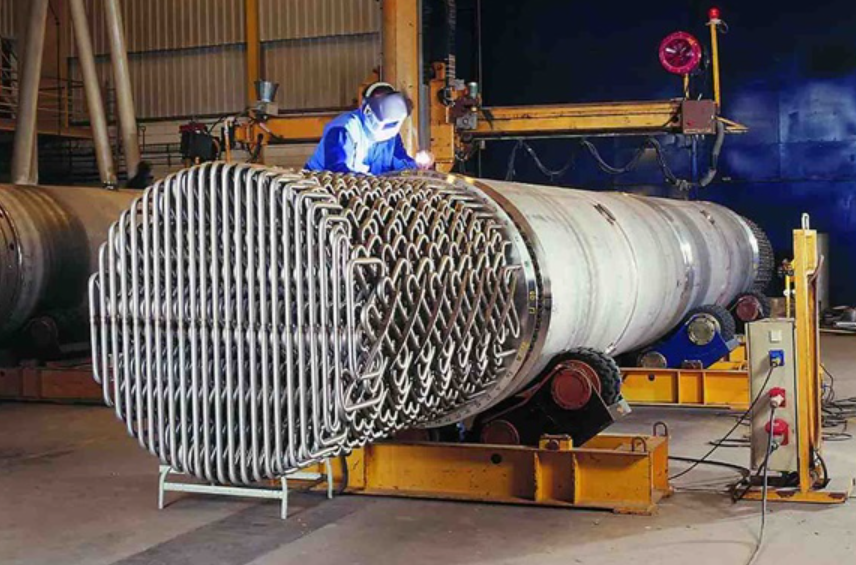
Understanding the Different Types of Heat Exchangers: A Complete Guide
When you’re working with any system that needs to transfer heat efficiently, you’ll quickly discover that heat exchangers are absolutely essential. Whether you’re designing an HVAC system, managing industrial processes, or even just trying to understand how your car’s radiator works, knowing the different types available will help you make better decisions.
What Are Heat Exchangers?
Simply put, a heat exchanger does exactly what its name suggests – it exchanges heat between two fluids without mixing them. You’ve probably encountered them more often than you realize. That radiator in your car? Heat exchanger. The condenser coils behind your refrigerator? Another heat exchanger. They’re everywhere and quite frankly, different types of heat exchangers, that solve a fundamental engineering challenge: moving thermal energy efficiently from where you don’t want it to where you do.
Shell and Tube Heat Exchangers
You’ll find these workhorses in countless industrial applications. The design is straightforward – one fluid flows through tubes while another flows around them in a shell. What makes them so popular is their versatility and durability.
These units handle high pressures beautifully. They’re also easy to clean and maintain, which matters when you’re dealing with fluids that might leave deposits. If you’re working in chemical processing, oil refining, or power generation, you’ll see these everywhere.
Plate Heat Exchangers
Think of these as the compact car of heat exchangers. Instead of tubes, you get a series of thin, corrugated plates stacked together. The fluids flow between alternating plates, creating an incredibly efficient heat transfer surface in a surprisingly small package.
You’ll appreciate how easy they are to disassemble for cleaning. Just unbolt the frame, slide out the plates, and you have access to every heat transfer surface. This makes them perfect for food processing, where sanitation isn’t optional.
Air-Cooled Heat Exchangers
Sometimes you don’t have water available for cooling, or you simply don’t want the complications that come with a water system. That’s where air-cooled units shine. They use ambient air as the cooling medium, blown across finned tubes by large fans.
You’ll see these in refineries and chemical plants in desert locations. No water means no scaling, no freezing issues, and no water treatment headaches. The trade-off? They’re larger and their performance depends on air temperature.
See also: 5 Common Heating Issues Coral Springs Technicians Fix Every Winter
Double Pipe Heat Exchangers
A Double Pipe Heat Exchanger is elegantly simple. One pipe sits inside another, with fluids flowing in opposite directions. You won’t find them in large industrial applications, but they’re perfect when you need something straightforward and cost-effective for smaller duties.
Installation is simple. Maintenance is even simpler. If you’re dealing with smaller flow rates or want a heat exchanger you can easily understand and service, this might be your answer.
Spiral Heat Exchangers
Picture two metal sheets wrapped around each other to form a spiral. Each fluid follows its own spiral path, creating excellent heat transfer with minimal fouling. You’ll find these particularly useful when dealing with viscous fluids or those containing solids.
The self-cleaning action of the spiral flow pattern means less maintenance. They handle temperature differences that would stress other designs.
Choosing the Right Type for Your Application
Your selection depends on several factors. Consider your fluid properties, space constraints, maintenance requirements, and budget. High-pressure applications might push you toward shell and tube designs. Space limitations could make plate exchangers attractive. Harsh environments might favor air-cooled units.
Don’t forget about future needs either. What seems perfect today might not work when your process changes or expands.
The key is matching the heat exchanger characteristics to your specific requirements rather than choosing based on familiarity alone.




